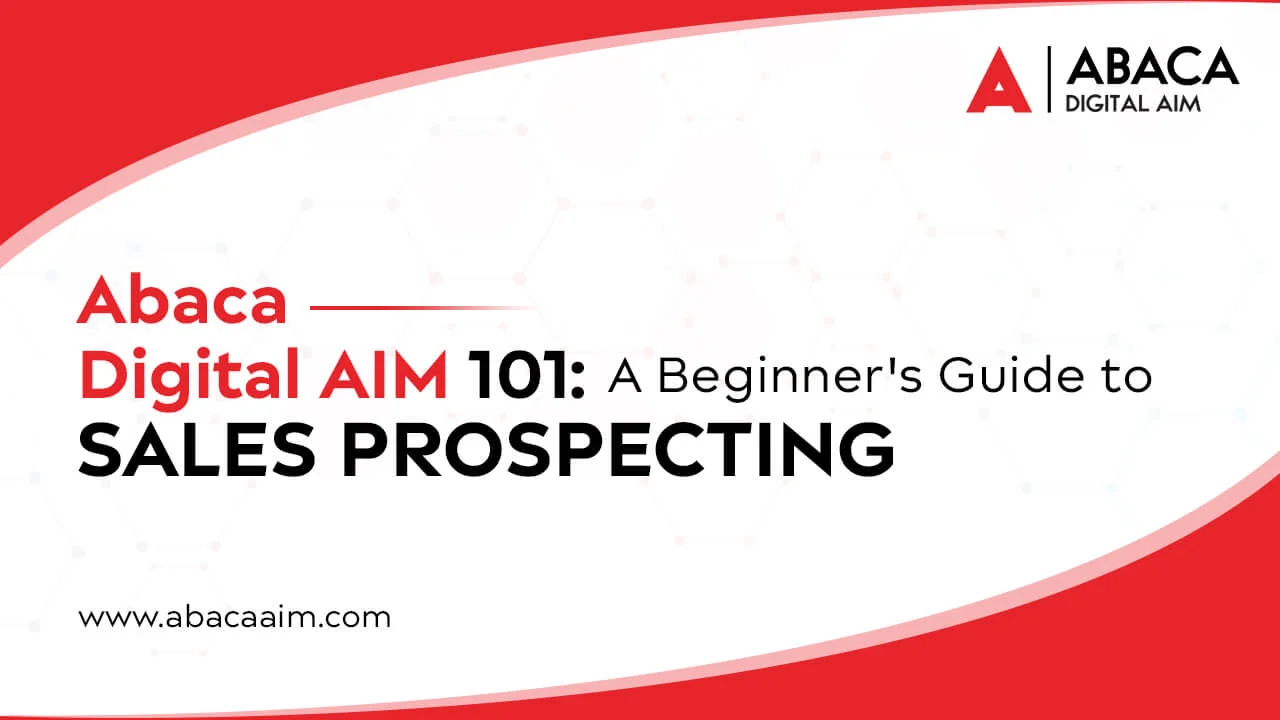
Sales prospecting is one of the most important phases in any sales process. It’s where your leads and prospects get a chance to learn about your business, build trust and convince you that they are the ‘right fit’ for your product or service. That’s why it’s crucial to use CRM software as a sales prospecting tool — it can help you get more qualified leads and opportunities by making your sales process easier and more effective than ever before.
Read on as this article; we enlist the steps to make sales prospecting easy with sales automation CRM.
A key part of any sales process is defining your ideal customer profile. This will help you identify who your ideal customers are, what they want, and how much they’re willing to pay.
You can use the following questions to help you define your ideal customer:
To build a list of prospects, you must first have robust CRM sales automation software in place that allows you to create and manage contacts. This will also allow you to track your leads and manage their follow-ups. Once the CRM system is implemented, it’s time to build a list of prospects.
There are many ways to build a list of prospects, and here are the fundamental steps you need to know.
Now that you have a list of prospects, it’s time to start qualifying them. This is where your CRM sales pipeline management software can shine.
Sales automation CRM tracks all contact information and data about your prospects, making it easy to track their history, current status and more. You’ll be able to see how many calls they’ve made, how many times you’ve contacted them and even how long you’ve talked to them each time.
Following the steps outlined above, you have a list of your potential customers. So now it’s time to reach out to them.
First, create a welcome email (or two) and send it out to your prospects. This email should be short and sweet — it should give them some information about yourself and why they should care about your words.
This is where again, it’s important to be concise in your message. If someone clicks on your link, they may not even open the rest of your message. So make sure that this welcome email is only about 10 minutes long or so – no longer than that!
Next, reach out using social media or other methods of communication such as email or phone calls. You can use tools like Slack or Salesforce Chatter to connect with your prospects directly without getting in touch via email first (which is always more difficult).
There are two ways to track your success with sales prospecting. The first is to set up a Google Docs spreadsheet that you can use to document all of the calls and emails that you make throughout the day. You can also use this same spreadsheet to track when you send follow-up emails, ensuring you have included a reminder for each one.
The second option is to use an online CRM like AIM, where you can track all your sales leads, contacts, and more. With this method, it’s easy to see who’s interested in what from day one, which makes it easier to follow up with them later on down the line. Signup for a FREE trial.
AIM is a best-selling Sales Automation CRM for sales prospecting, sales management, and sales analytics. It’s the only app that combines sales prospecting with sales management in one easy-to-use platform.
It helps you to manage your pipeline, track prospects’ interactions with the sales team, and analyze their behaviour. You can also customize and automate your workflows to keep your team on track.
This App Will Help You To:
So, by now, you have a fair understanding of the fundamentals of sales prospects, and it’s the right time to translate the knowledge into action. Get started by looking at your existing contacts and leads to see which ones you should contact first. After that, you need to chalk out a prospect to identify all the prospects that may be interested in doing business with your company. Here, your CRM can be handy, making it super-easy to find such prospects in no time. Sales prospecting could be a big game for any business if executed strategically to drive value.